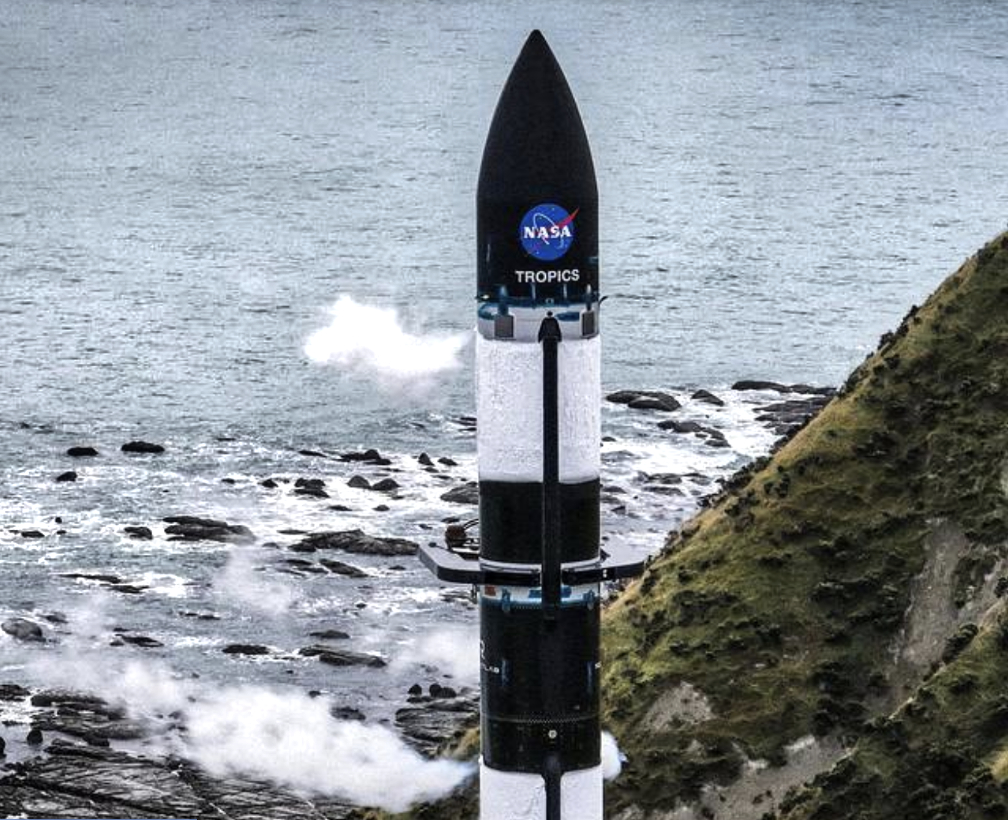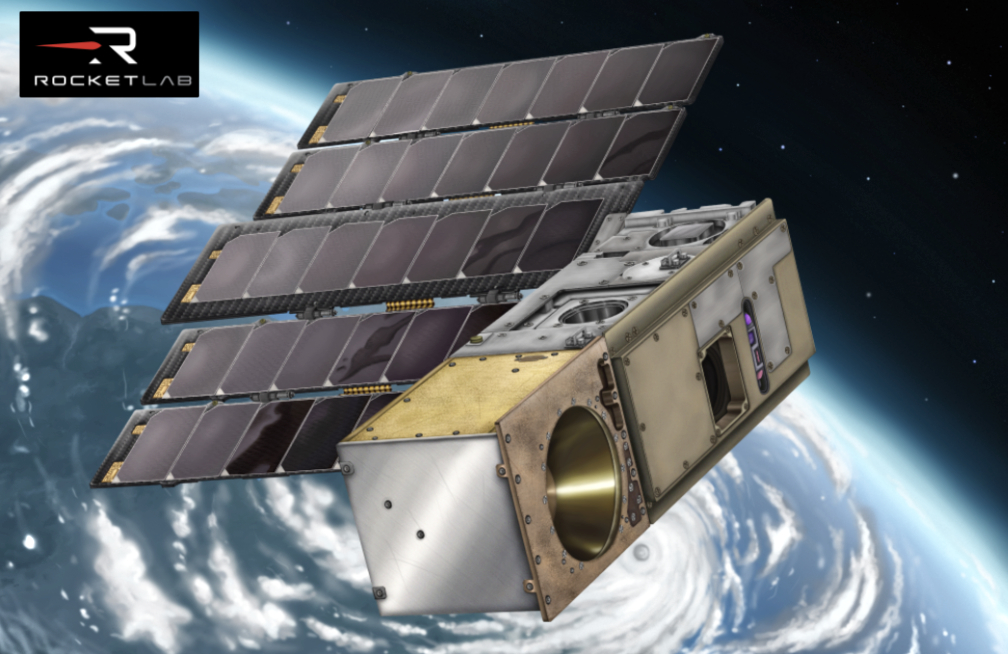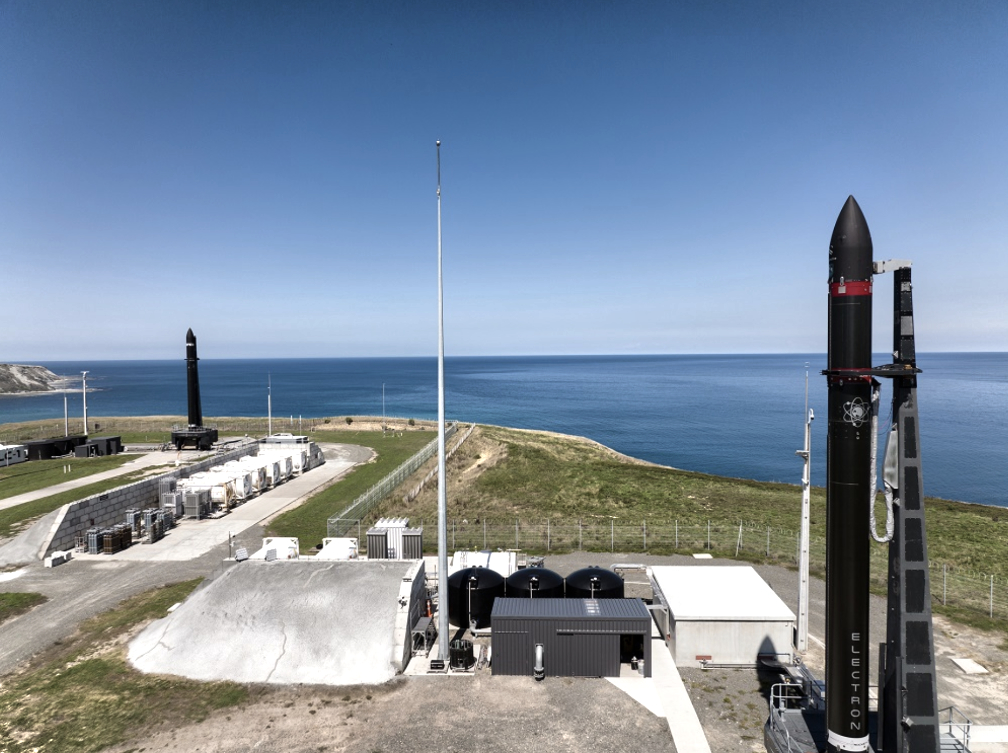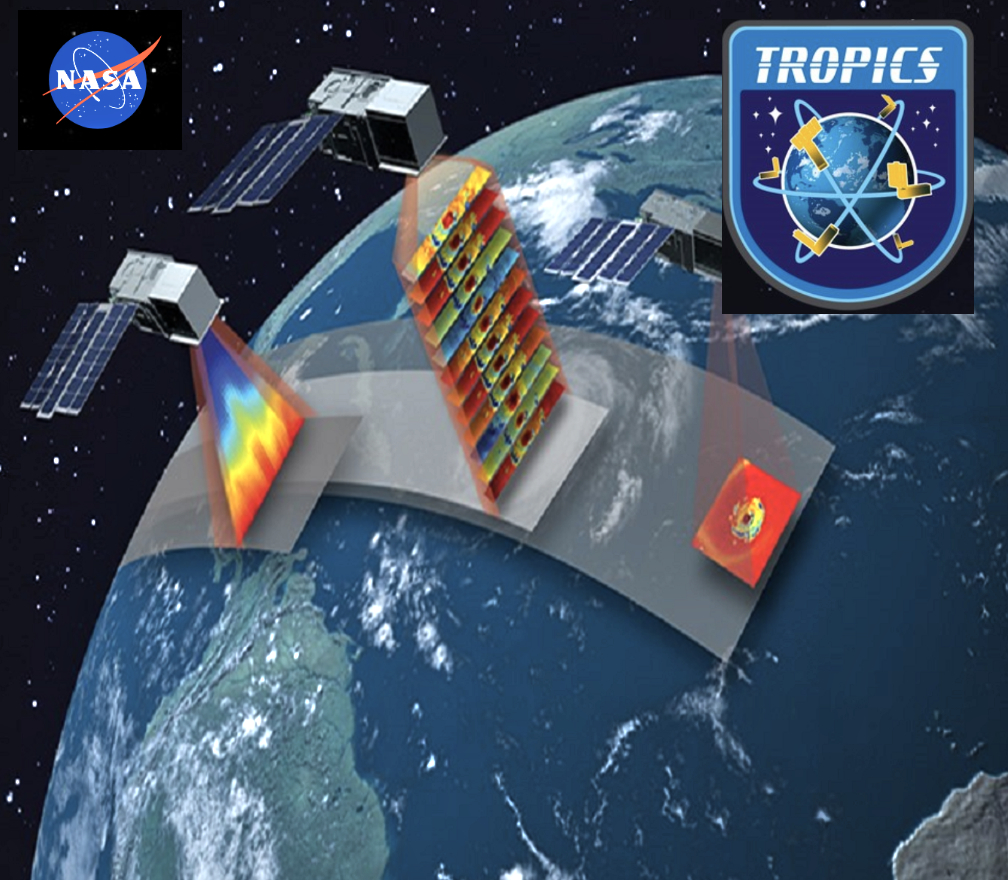
After the previous launch target date was changed due to weather conditions in New Zealand, NASA and Rocket Lab are now targeting 9:00 p.m., EDT, Sunday, May 7th, (1 p.m. Monday, May 8, New Zealand Standard Time), to launch two storm tracking CubeSats into orbit.

The agency’s TROPICS (Time-Resolved Observations of Precipitation structure and storm Intensity with a Constellation of Smallsats) mission has a two-hour launch window from Launch Complex 1 Pad B in Māhia, New Zealand.

Rocket Lab will provide live coverage starting approximately 20 minutes prior to launch. Coverage will air on NASA Television, the NASA app, the agency’s website as well as the Rocket Lab launch website.
A second launch from Rocket Lab will carry two additional CubeSats, with exact launch times contingent on the date and time of the first launch.
TROPICS is a constellation of four identical CubeSats designed to observe tropical cyclones from LEO, making observations more frequently than current weather tracking satellites. Gathering data more frequently can help scientists improve weather forecasting models.
TROPICS will study tropical cyclones as part of NASA’s Earth Venture Class missions, which select targeted science missions to fill gaps in our overarching understanding of the entire Earth system.
Receive mission updates by following and tagging the following accounts:
- Twitter: @NASA_LSP, @NASAEarth, @NASAKennedy, @NASA, @RocketLab
- Facebook: NASA, NASA LSP, RocketLabUSA
- Instagram: @NASA, @NASAEarth, @RocketLabUSA
The TROPICS team is led by Dr. William Blackwell at MIT’s Lincoln Laboratory in Lexington, Massachusetts, and includes researchers from NASA, the NOAA, and several universities and commercial partners. NASA’s Launch Services Program, based at the agency’s Kennedy Space Center in Florida, is managing the launch service.

Original posting…
The launch of NASA’s TROPICS (Time-Resolved Observations of Precipitation structure and storm Intensity with a Constellation of Smallsats) mission is delayed due to a weather front that headed toward Rocket Lab’s Launch Complex-1 in Mahia, New Zealand.

Originally, Rocket Lab was targeting 9:00 p.m. EDT, Sunday, April 30 (1:00 p.m. New Zealand Standard Time, Monday, May 1) for the launch.
Rocket Lab will assess the weather as it evolves and will shortly confirm a new target date for the launch.
This launch is the first of two planned launches, each sending a pair of smallsats to LEO.
TROPICS will provide data on temperature, precipitation, water vapor, and clouds by measuring microwave frequencies, providing insight into storm formation and intensification.
